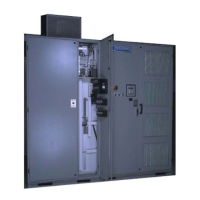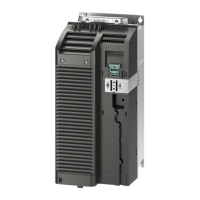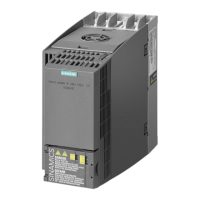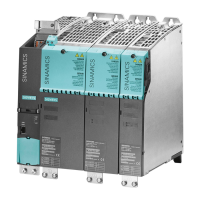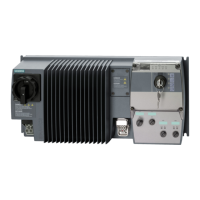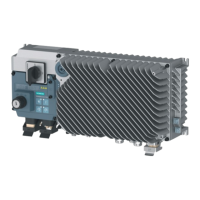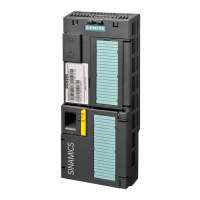7.5 Energy Saver
Improve the Power Factor with Energy Saver Control
Energy saver control reduces motor losses and improves overall eciency when the demanded
motor load is low. This is accomplished by lowering the ux from rated when the load torque is
not required, thereby lowering the reactive current.
Use of Energy Saver in cell bypass
The control automatically enables the energy saver function when an unbalanced set of cells is
present after cell bypass. Under light loads one or more phases may absorb power from the
motor. To prevent the cell dc-voltage from increasing to a drive trip level, the energy saver
function reduces motor ux so that the motor operates with 70% power factor.
At this operating point, the magnetizing and torque components of motor current are equal, and
all cells deliver real power to the motor. As motor load is increased, the motor ux level is
automatically increased to maintain 70% power factor until rated ux, or maximum possible
ux, is achieved. This function ensures that the cells are delivering real power under all
operating conditions.
Note
Impact of load changes on drive response
The response of the drive to sudden load changes is reduced with lower ux demand.
Setting Energy Saver Control Parameter
Refer to the Flux Control Menu (3100) in Section Options for Stability Menu (3) of
Chapter Parameter Assignment / Addressing for the parameter associated with this function:
• Energy saver min ux (3170)
Adjust this parameter to a value that is less than the ux demand (3150). The value for the
ux demand is typically set to 1.0. Depending on the motor load, the control will reduce
motor ux to a level between the energy saver minimum ux demand and the ux demand.
As motor load increases, the control will increase motor ux until the value set by ux
demand is achieved.
Operating the Control
7.5 Energy Saver
NXGPro+ Control Manual
192 Operating Manual, A5E50491925A
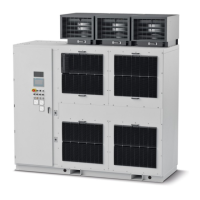
